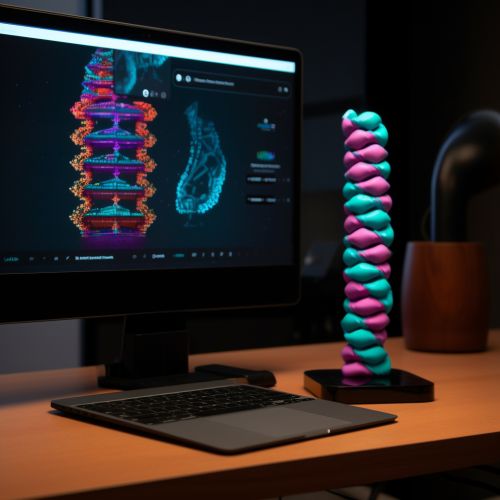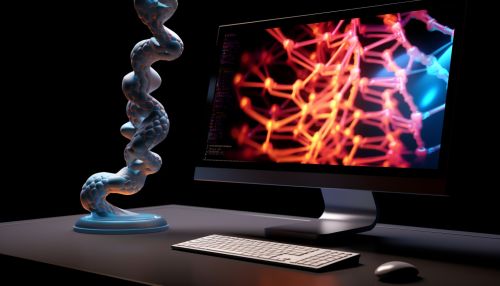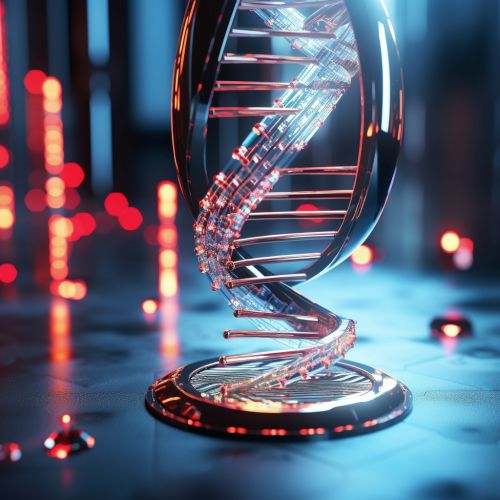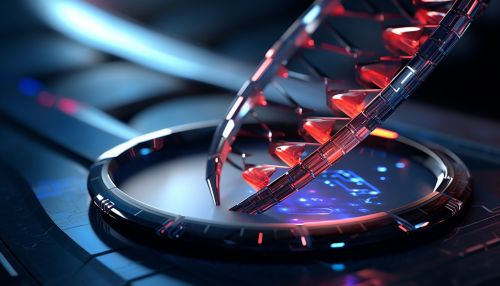Role of Bioinformatics in Genomic Data Analysis
Introduction
Bioinformatics is an interdisciplinary field that develops methods and software tools for understanding biological data. It combines computer science, statistics, mathematics, and engineering to analyze and interpret biological data. Bioinformatics is critical in today's high-throughput genomic studies, where it aids in the organization and analysis of vast amounts of genomic data.


Role in Genomic Data Analysis
Bioinformatics plays a crucial role in genomic data analysis. The advent of high-throughput sequencing technologies has led to the generation of vast amounts of genomic data. This data needs to be stored, organized, and analyzed to make meaningful biological interpretations. Bioinformatics provides the necessary tools and methodologies to handle this data.
Data Storage and Organization
Bioinformatics tools help in the storage and organization of genomic data. Databases such as GenBank, Ensembl, and the Human Genome Project store and provide access to a vast amount of genomic data. These databases use bioinformatics algorithms and software to organize and index the data, making it easily accessible to researchers worldwide.


Data Analysis
Bioinformatics is crucial in the analysis of genomic data. It provides tools and methodologies for sequence alignment, gene prediction, genome assembly, and functional genomics. These tools help researchers to analyze genomic data and make meaningful biological interpretations.


Sequence Alignment
Sequence alignment is a method used to identify regions of similarity between DNA, RNA, or protein sequences. Bioinformatics tools such as BLAST and ClustalW are used for sequence alignment. These tools help in identifying homologous genes, predicting protein function, and studying evolutionary relationships.
Gene Prediction
Bioinformatics tools are used for gene prediction. These tools, such as GENSCAN and FGENESH, predict the location and structure of genes in a genomic sequence. They help in identifying coding sequences, intron-exon boundaries, and regulatory sequences.


Genome Assembly
Bioinformatics plays a crucial role in genome assembly. Tools such as De Bruijn Graphs and Overlap-Layout-Consensus (OLC) algorithms are used to assemble short sequencing reads into a complete genome sequence.
Functional Genomics
Bioinformatics is essential in functional genomics, where it helps in the identification of gene functions and interactions. Tools such as Gene Ontology (GO) and KEGG are used to annotate genes and identify their functions and interactions.


Future Directions
The role of bioinformatics in genomic data analysis is expected to grow in the future. With the advent of new sequencing technologies and the increasing amount of genomic data, the need for efficient bioinformatics tools and methodologies will continue to rise. Future directions include the development of new algorithms for data analysis, integration of genomic data with other types of biological data, and the use of machine learning and artificial intelligence in bioinformatics.


